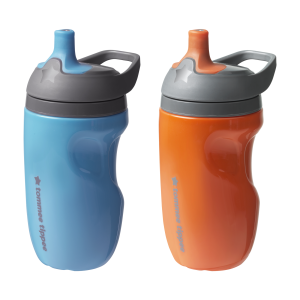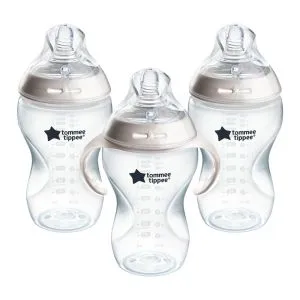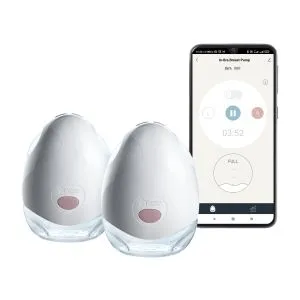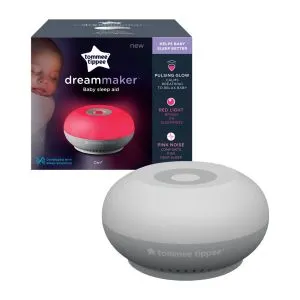Many parents use pacifiers to help comfort and soothe their babies during fussy times. However, they inevitably end up on the floor from time to time and can get dirty, so you may be wondering "How do I keep my baby's pacifier clean?”.
It's essential to keep them clean and sanitized to prevent the spread of germs. In this blog post, we'll guide you through the proper cleaning and sterilization techniques for pacifiers, ensuring your baby’s comfort, safety, and health.
What are the risks of dirty pacifiers?
Dirty pacifiers can make babies unwell, so it’s important to keep your baby’s pacis as clean as possible. Poor pacifier hygiene may increase the risk of illnesses like:
- Bacterial and viral infections: Pacifiers can pick up bacteria and viruses from surfaces they touch, such as floors, countertops, or even other children's mouths. These germs can lead to illnesses like colds and the flu, stomach bugs like diarrhea, and ear or respiratory infections.
- Thrush: Dirty pacis can contribute to the spread of thrush, a fungal infection caused by Candida albicans that can develop in the mouth and throat.
How to clean and sterilize pacifiers
You should clean and sterilize any new pacifiers you buy your baby before you use them for the first time, and again before every use.
How to clean a pacifier using soap and water
- Wash the dummy thoroughly with warm soapy water
- Rinse with clean water
- Remove any water in the nipple by squeezing it
How to sterilize a dummy using boiling water
- Remove the pacifier from its packaging
- Place it in a small pan of boiling water for 5 minutes
- Allow it to cool completely
- Then squeeze out any trapped water from the nipple before giving it to your baby






